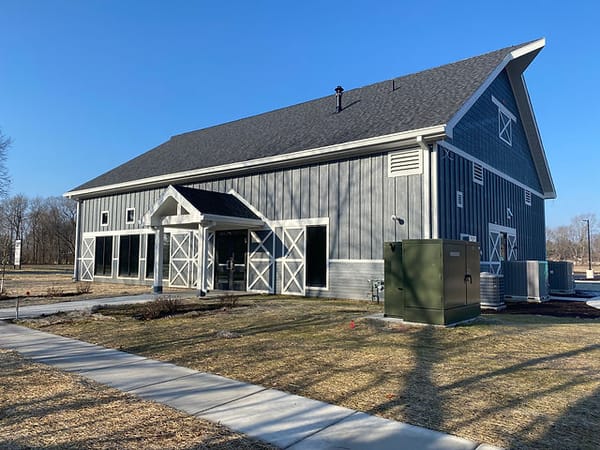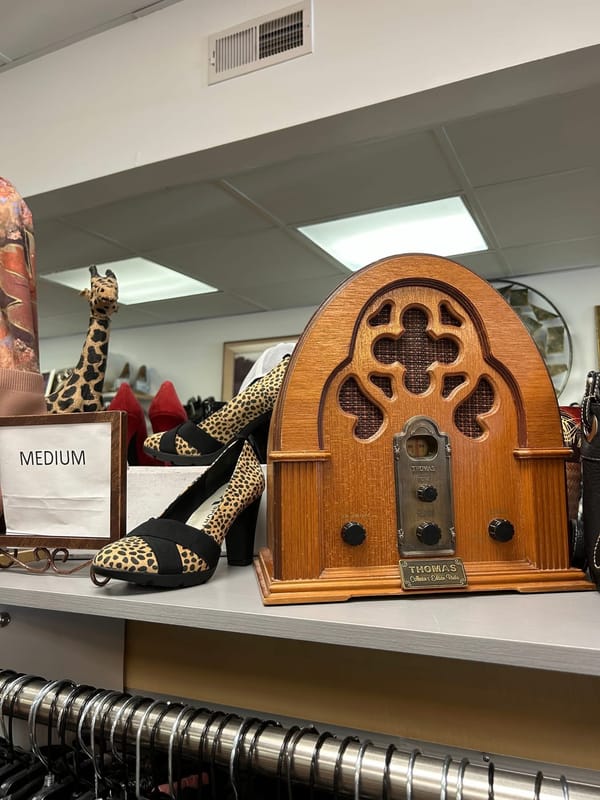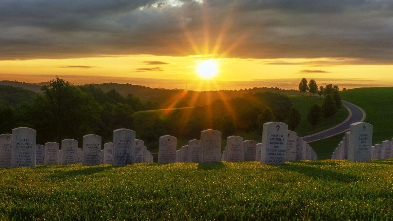Dog sports in Roscoe: the Dachshund Field Trials
These tunnel-shaped dogs are tested on their ability to trail by scent.

Once again this weekend, the Northern Illinois Beagle Club, 8702 Elevator Road, Roscoe, will showcase the tracking skills of dachshunds at the Dachshund Field Trials, April 23-24, 2022. The public is welcome to attend Saturday's trials or Sunday's trials, starting at 8:00 a.m. each morning.
In the Dachshund Field Trials, dogs are tested on their ability to trail a rabbit purely by scent, not sight. No bunnies are harmed - the goal isn't to actually catch them. The dachshund must courageously follow the trail wherever it leads, even into a tunnel. Since the dachshund's bark is as loud as a big hound, it can be heard while it pursues a rabbit underground.
James Garard of Roscoe is secretary of the Northern Illinois Beagle Club. For questions, you can contact Larry Gohlke of Neshkoro, WI, who is president of the club and Event Secretary for the trials, or Cheri Faust of Madison, who is Event Chair. These Dachshund Field Trials are sponsored by the Madison Area Dachshund Club.
For updates, subscribe to our free newsletter!
David Kawami of the Dachshund Club of America describes a typical field trial. Dachshunds compete two at a time - a "brace." The Field Marshal, who manages the trials, calls the first contestants to get ready. The “brush beaters” (spectators are invited to help with this) move in a line across the field, tapping the bushes gently to force a rabbit to break from its cover. When one does, the first person to see the rabbit shouts "TALLY HO !" They really say that.
The judges make a mental note where the rabbit went. The Field Marshall calls up the first brace of dachshunds, led on leashes by their handlers. The handlers are allowed to talk to and encourage their dogs to find the line (the rabbit scent trail). When they think their dogs know where the line is, the handlers release the dachshunds and then must stop talking. The judges follow the dogs, with the handlers and the spectators behind them. When the judges have made their decision on the performance, they will tell the handlers to "pick up" their dogs. Tackling is allowed, if the dachshund doesn't know to come when called.
The American Kennel Club characterize the Dachshund Field Trials as one of several "dog sports." Admittedly, the short-legged dachshund isn't built for jumping or long distance running, but to do well in the Dachshund Field Trials, a dog must be physically fit - and these competitors are. There is no way a chubby out-of-shape wiener dog could make it down a rabbit tunnel. Dachshunds waddle when they walk, but not because they're fat, necessarily. You'd waddle too if you were twice as long as you were high. In fact, if dachshunds put on the pounds, they can develop back trouble - because they have a lot of back. The Dachshund Field Trials may not be the Paris Olympics and "Chariots of Fire," but for a dog, they are still a serious deal.
Dachshunds were bred more than 300 years ago to be bold hunters of dangerous prey. Though often called "wiener dogs," the name "dachshund" really means "badger dog" in German. Consider that standard dachshunds weigh 16 to 32 pounds, while the fierce badger weighs 25 to 40. Would you take on those odds? The fearless dachshund will - they have even hunted wild boar, in packs. Today, if no wild boar is handy, the brave tunnel-shaped dachshund still proves to be a persistent, accurate tracker of rabbits.
Over the years, dachshunds became such a traditional German symbol that during World War I, Americans, who didn't want to give their military foes any credit, called them Liberty Hounds. The most familiar dachshund variety is the short-haired, smooth coat, but there are also wire coat dachshunds who can work among thorns, and long coats who can work in the cold.





